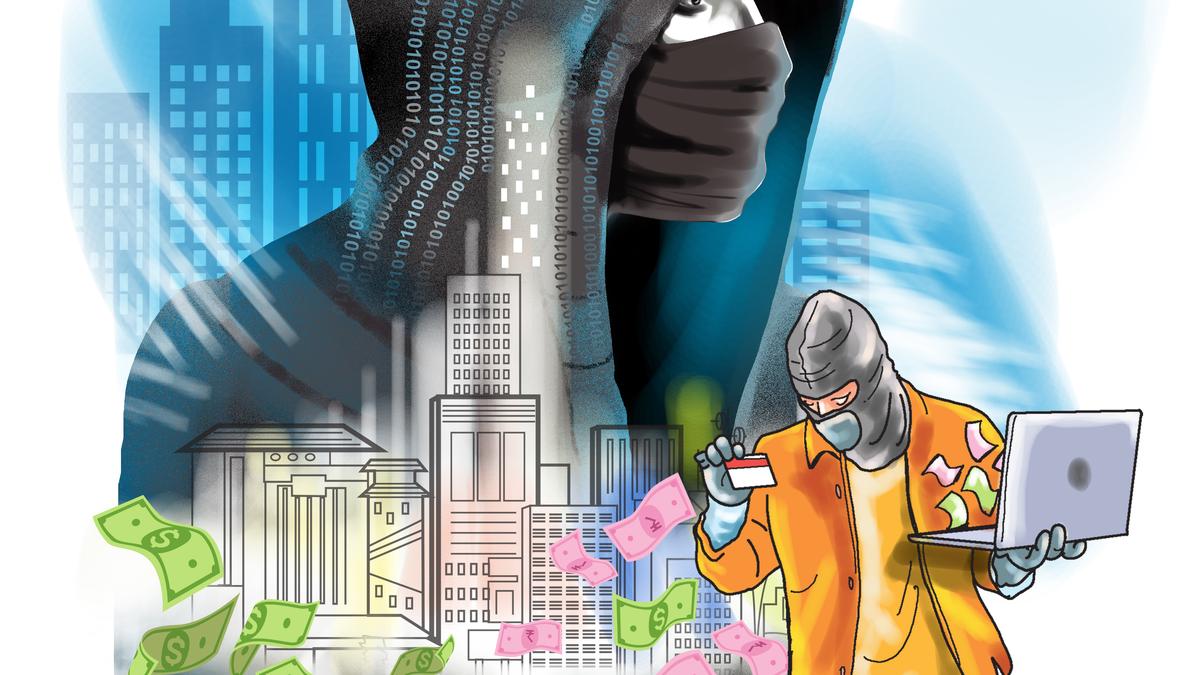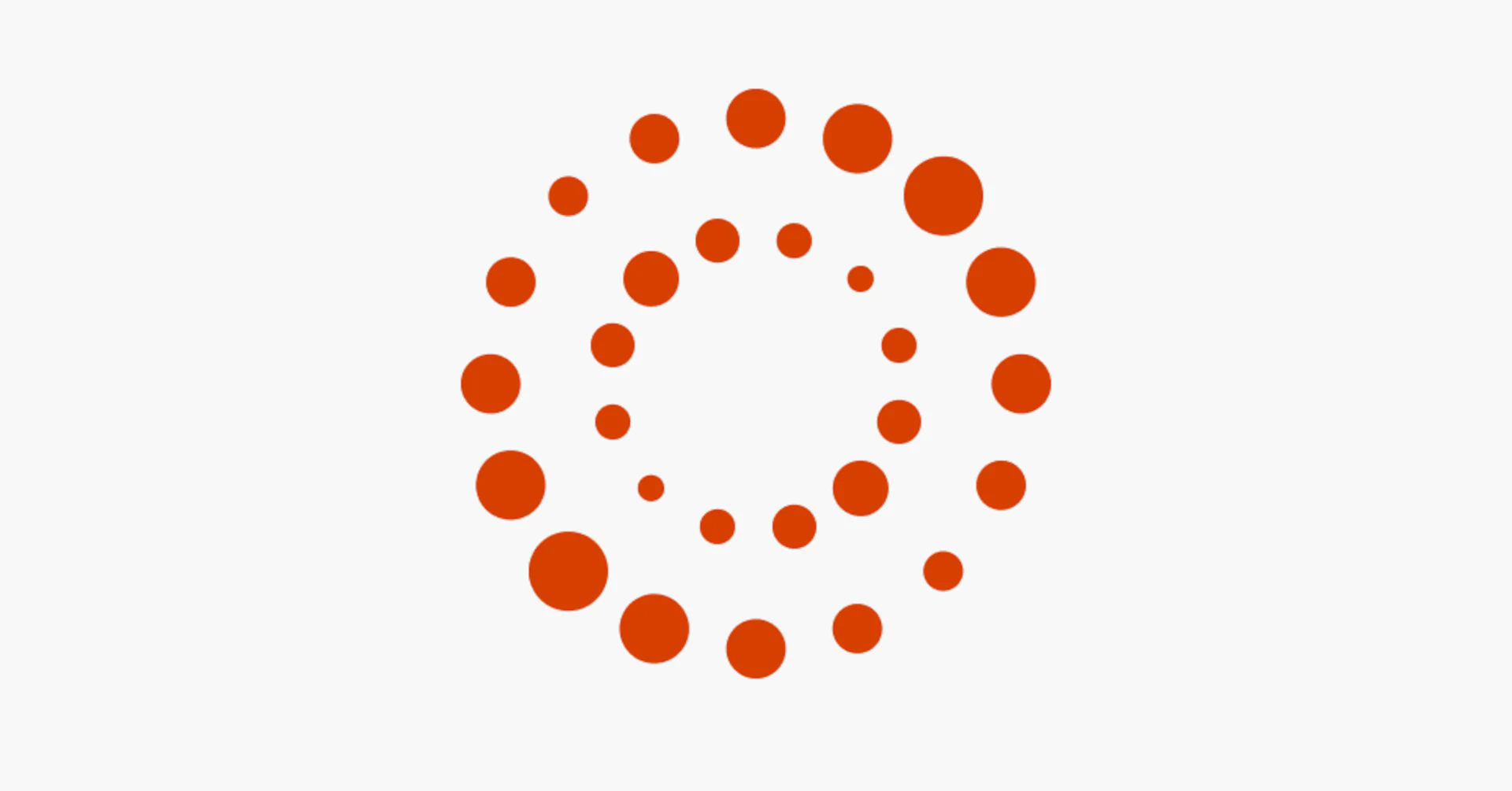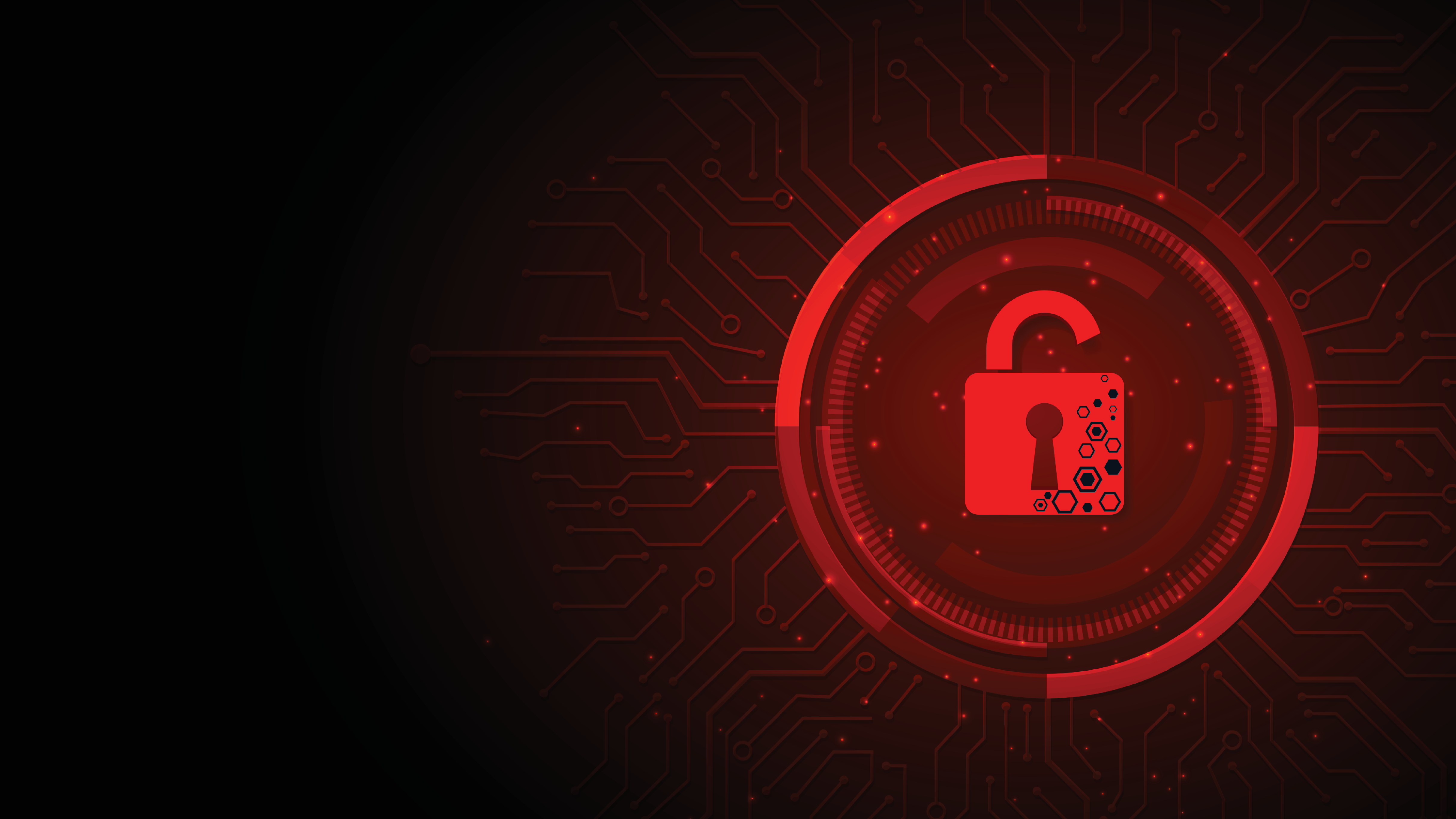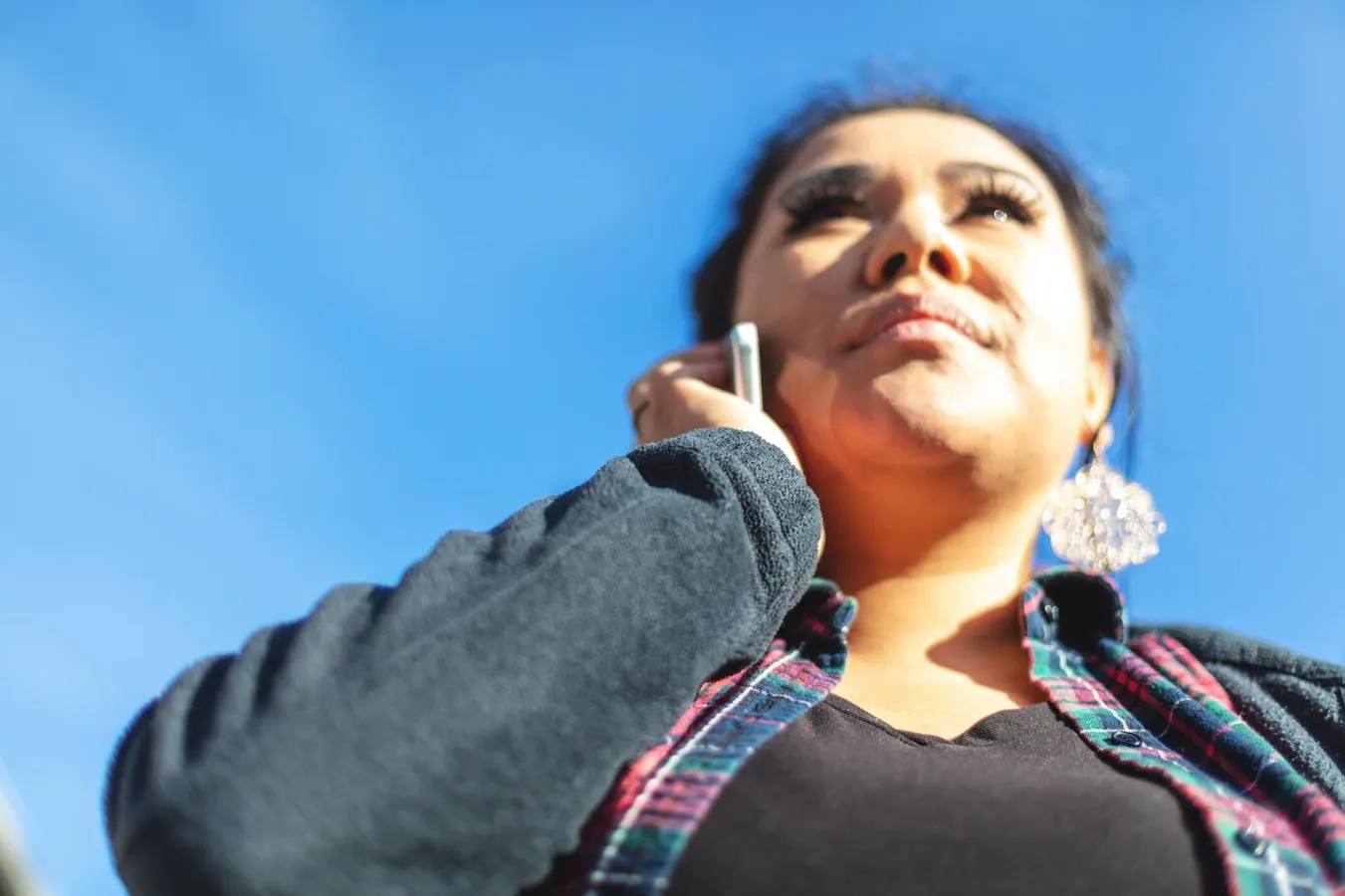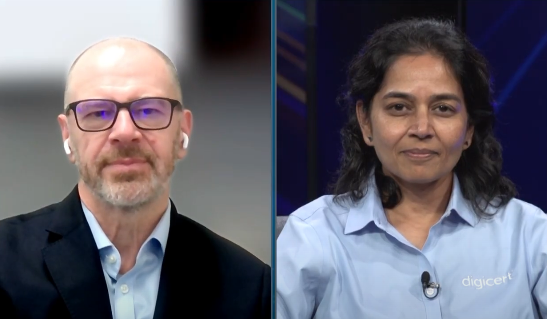
Quantum cyber readiness is moving to the forefront of digital strategy, as quantum computing poses both a disruptive threat and a powerful opportunity for cybersecurity.
At its core, quantum cyber readiness is about safeguarding today’s sensitive data against tomorrow’s quantum risks while cultivating a trusted digital ecosystem for businesses, governments and individuals. Addressing these challenges requires early planning and proactive measures, according to Colin Soutar (pictured, left), managing director at Deloitte Touche Tohmatsu Ltd.
“I think what we are starting to see over the last year or so is much more of a broad awareness of the topic of quantum cyber readiness,” Soutar said. “There’s been excitement and a lot of discussion around quantum, when is it going to happen and so on. I think people are starting to treat this now more as a risk, do the discoveries, understand what their potential vulnerability can be, start to build out a roadmap — I would say getting it much more on a commonplace risk mitigation approach rather than something that is so unique around the quantum topic.”
Soutar and Lakshmi Hanspal (right), chief trust officer of DigiCert Inc., spoke with theCUBE’s John Furrier for the DigiCert World Quantum Readiness Day event, during an encore broadcast on theCUBE, SiliconANGLE Media’s livestreaming studio. They discussed why quantum cyber readiness must be a top priority in today’s digital era. (* Disclosure below.)
Designing for resilience in quantum cyber readiness
Secure-by-design quantum systems drive quantum cyber readiness by enabling organizations to anticipate, withstand and adapt to the disruptive impact of quantum computing on cryptographic systems. This entails building crypto resiliency and ensuring zero business disruption — transforming a high-risk shift into a strategic, managed transition, according to Hanspal.
“What does quantum safe design mean?” she asked. “It has five attributes. First is crypto resiliency and agility, the ability to swap algorithms without architectural changes. Second, to be able to do this in a hybrid way, support classical crypto algorithms along with PQC-ready ones. Zero business disruption, if you think about all of the C-suite and the board … thinking about how does this not disrupt business regulatory compliance and the ability to do it again. That’s what success looks like in my view.”
Upgrading frameworks with post-quantum cryptography strengthens quantum cyber readiness by helping organizations withstand the disruptive risks of quantum computing. By future-proofing against emerging threats, enabling strategic transitions over reactive responses and ensuring compliance with new standards, the quantum challenge becomes a managed evolution rather than a crisis, according to Soutar.
“We’re seeing a marked uptick in the connection between post-quantum cryptography updates and things like public key infrastructure, PKI upgrades or modernization,” he said. “As we go through the next couple of years and the majority of organizations will be further along in their upgrades to post-quantum cryptography, what we think is going to happen is that there will essentially be two levels of trust. That’s where we think there’ll be the emergence of a cost of not upgrading.”
DigiCert’s Customer Zero program — deploying and testing quantum-safe solutions internally before extending them to customers — provides a practical, standards-aligned path to adoption. Grounded in National Institute of Standards and Technology requirements, technology readiness and the urgency paradox, it ensures a secure future, Hanspal pointed out.
“Customer Zero is a program within DigiCert, where we are using our own technologies for our own consumption, and wherein we can showcase to our customers the best trust posture that’s possible,” she said. “DigiCert has a quantum-ready platform, because we are part of critical infrastructure for certificates, for software, for devices and for documents in other areas. It’s made it from a theoretical exercise into practical implementation.”
Stay tuned for the complete video interview, part of SiliconANGLE’s and theCUBE’s coverage of the DigiCert World Quantum Readiness Day event.
(* Disclosure: TheCUBE is a paid media partner for the DigiCert World Quantum Readiness Day event. Neither DigiCert Inc., the sponsor of theCUBE’s event coverage, nor other sponsors have editorial control over content on theCUBE or SiliconANGLE.)
Photo: SiliconANGLE
